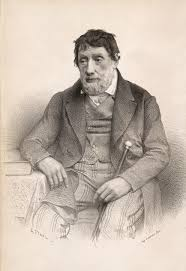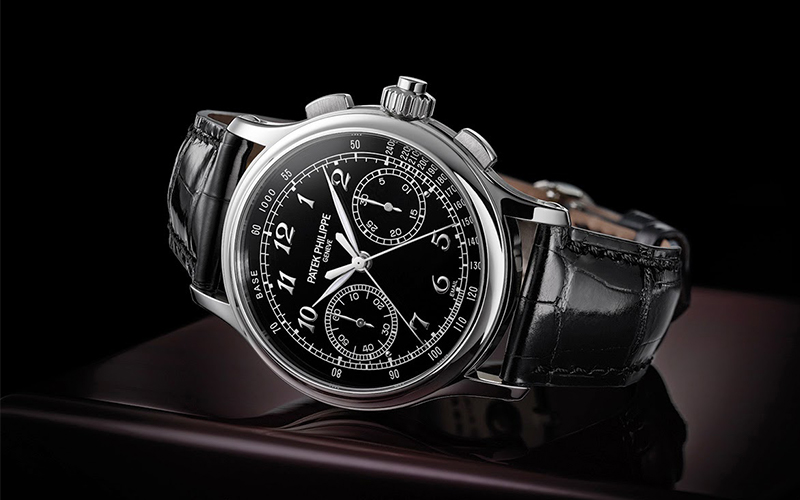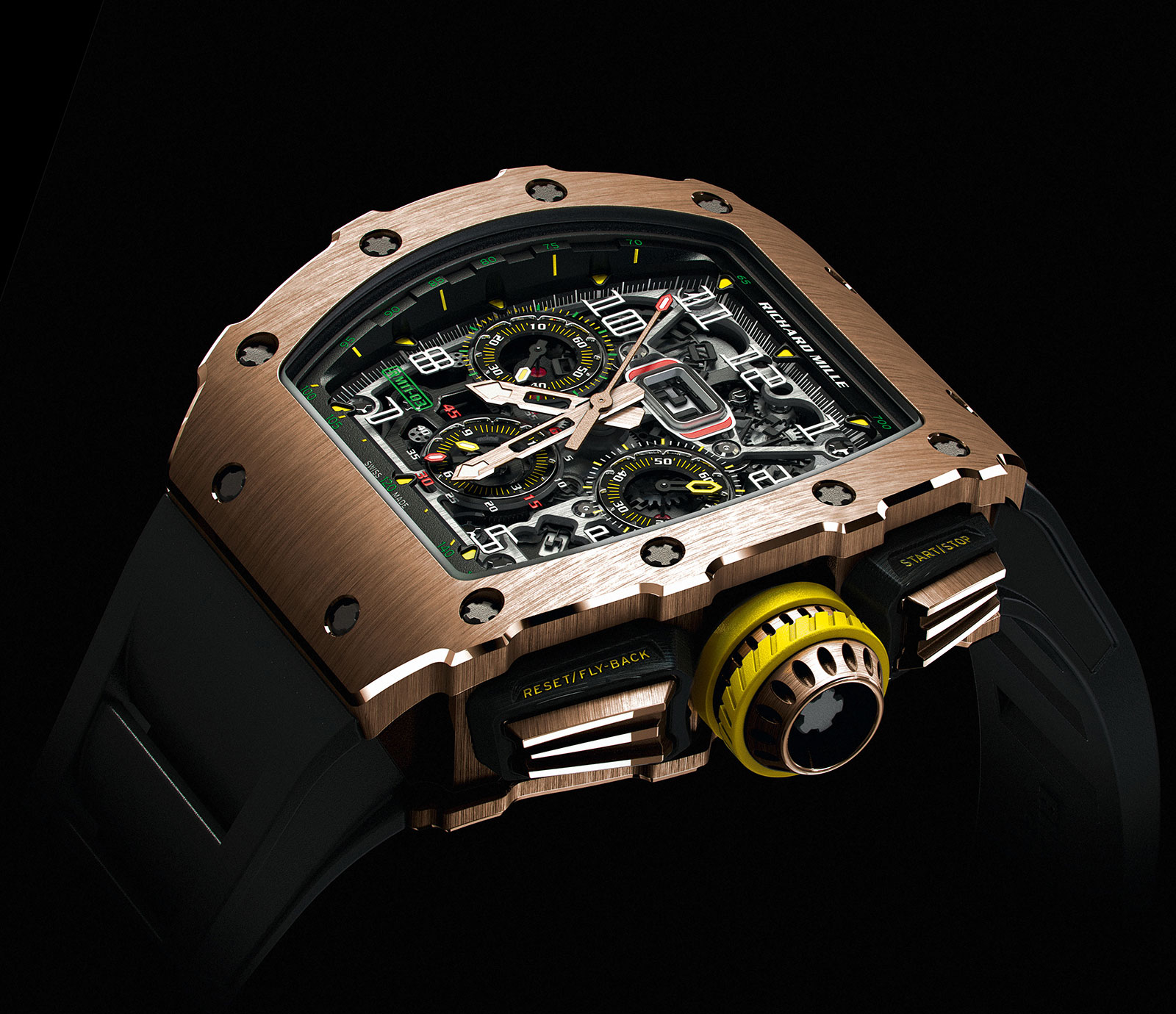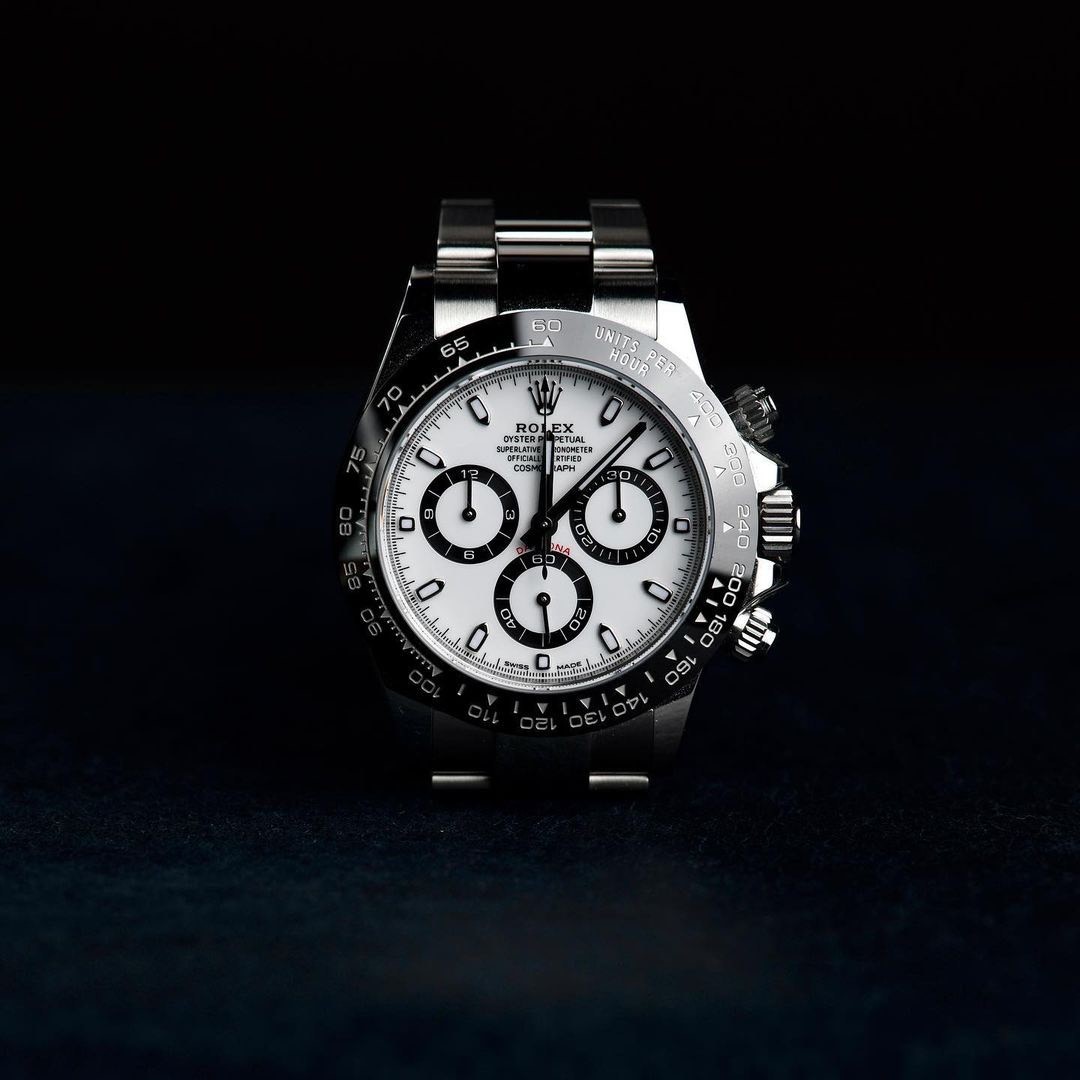Chronograph mechanisms are usually placed as the top tier of the respective brands luxury watches. The name itself of the Chronograph tells a lot as “Chrono” means time and “Graph” means measure, that’s where you get “To Measure Time”. For example, Rolex Daytona Panda, Richard Mille 11-03 Flyback, Patek Philippe Ref. 5370 Rattaprante chronograph & Patek Phillipe 5372P Monopusher Chronograph. Basic understanding of a chronograph is a stopwatch or a timer is different from the chronograph, it’s an instrument that only measures short intervals of time. However, all of their complications movements give us different functions to achieve better results as time passes. Therefore, we are here to share and make sure you know what you are paying for.
Monopusher

Monopusher is the first type of chronograph mechanisms in pocket watches introduced by the horologist to the world. Based on our research, our founding father of Chronograph is Louis Moinet. Louis Moinet invented the chronograph in 1816 for use in tracking astronomical objects. Chronographs were also used heavily in artillery fire in the mid to late 1800s.
How does Monopusher Chronograph work?
This Chronograph comes with only One Push Button.
There are 3 phase mechanism which operate in a sequence of :-
Start > Stop > Reset.
The Rattrapante
 Source: The Hour Glass
Source: The Hour Glass
The Rattrapante, which roughly translates from French to “Catch Up,” is a chronograph movement with an additional seconds hand for the chronograph function superimposed over the normal seconds hand and an additional pusher. In 1844, Adolphe Nicole was granted a patent for a mechanism that made it possible to zero the seconds hand. The “heart” of this mechanism is a so-called zero-reset heart cam, which is still used in most mechanical chronographs today.
How does Rattrapante Chronograph work?
When you push the Start Pusher, the both seconds hand starts in synchrony.
When the additional pusher is pushed, the additional second hands hand stops.
Press that third pusher again and the stopped seconds hand catches up to the other seconds hand, which hasn’t stopped moving.
The Rattrapante is also known as split seconds, which enable us to measures two periods of time that start together but end differently.
The Flyback Chronograph
 Source: SJX
Source: SJX
A Flyback Chronograph watch enables the user to use the reset function without the need to first stop the chronograph. This chronograph is named “Flyback” because when you push the reset button, you will see the second hand “Fly Back” to the 12 O’ Clock position. After the resets, it will continue to run so you can immediately record the timing for the next event.
How does Flyback Chronograph work?
When you push the start button, the second hand starts to move.
While the second hand is moving, you can press the flyback button to record the timing for the next event immediately.
The Conventional Chronograph
 Source: Photo by @marc_gmtp8 Instagram
Source: Photo by @marc_gmtp8 Instagram
The Conventional Chronograph is available in most of the modern day chronograph watches. The Rolex Daytona Ref. 116500 which also named as “Panda” suits the best for the example of conventional chronograph movements.
How does Conventional Chronograph works?
The design wise are very similar to the above chronograph watches.
However, the function are much more straight forward.
The 2 O’ Clock button functioned as Start/Stop.
While the 4 O’ Clock button functioned as Reset.
Thanks for reading. Have a nice day !

 Source: The Hour Glass
Source: The Hour Glass
 Source: SJX
Source: SJX
 Source: Photo by @marc_gmtp8 Instagram
Source: Photo by @marc_gmtp8 Instagram